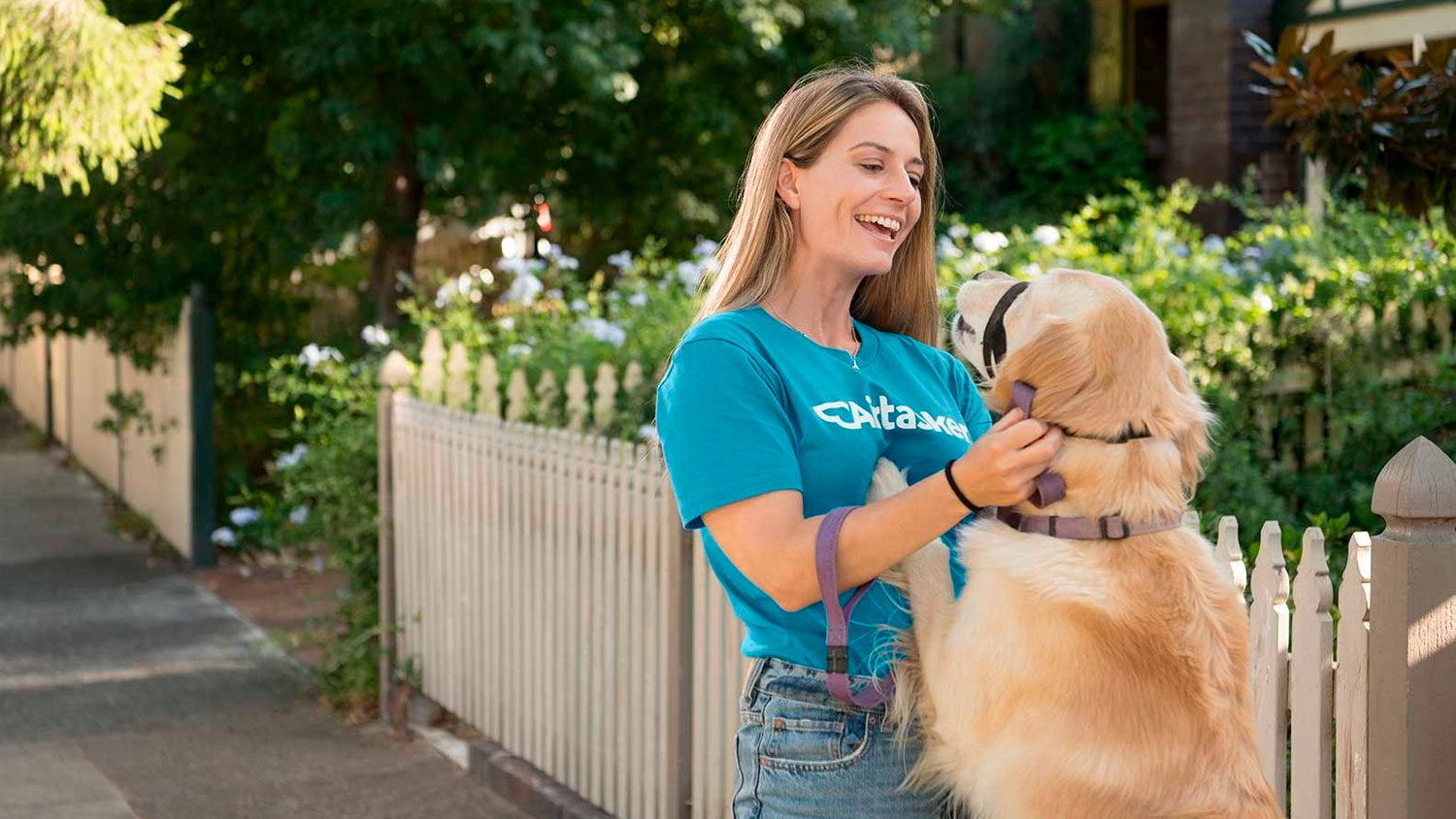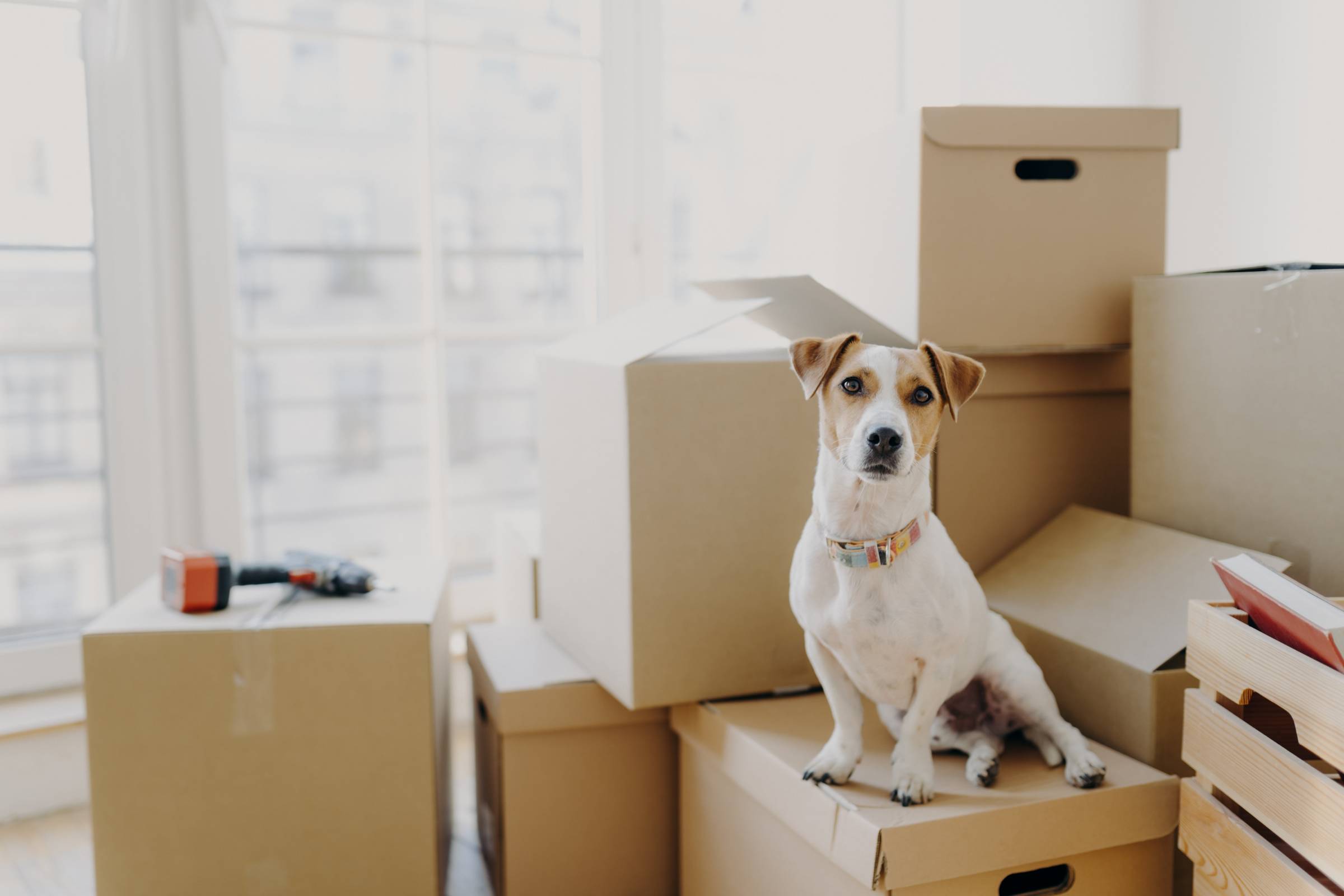- Home/
- Costs/
- Pet Transport/
- Pet Transport Cost
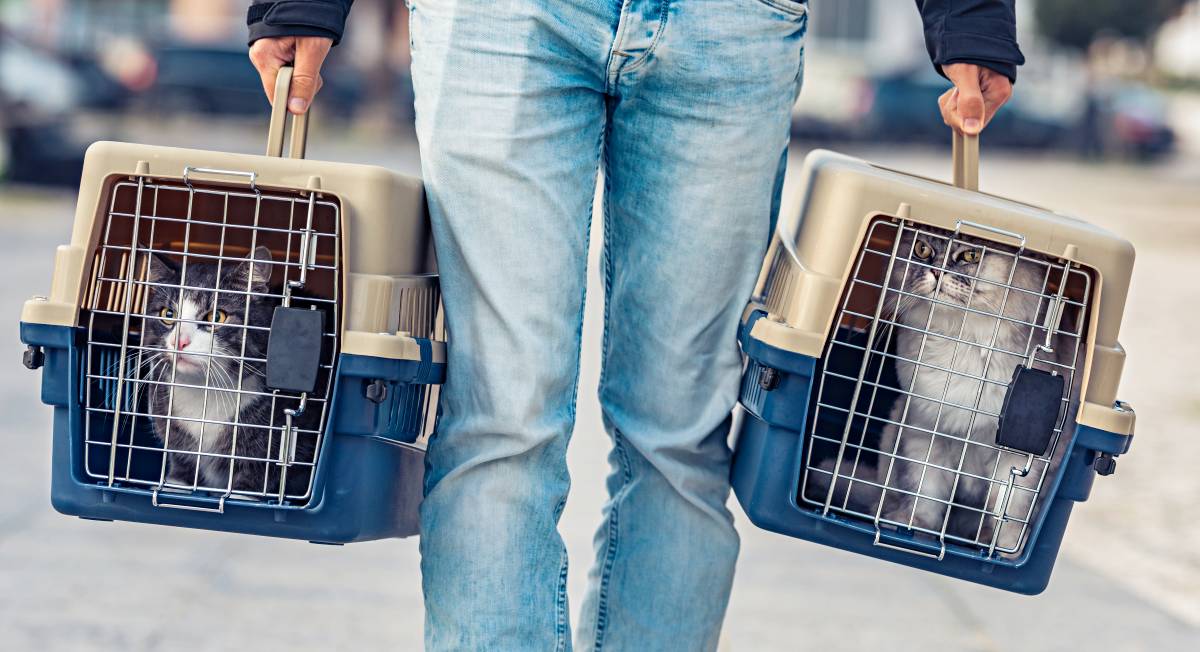
Pet transport cost: How much should you budget in the UK?
Get a free quote nowPost to find a price. It's free and only takes a minute.
Price guide
£100 - £4,000
low
£100
median
£500
high
£4,000
Last Updated on
Key Facts
- Airlines charge differently for pet transport, with most costing £900-£3,500 for dogs and £900-£1,500 for cats.
- Depending on your chosen airline, small animals may fly in-cabin on some flights, while large pets must travel as cargo on others.
- Timing your pet transport strategically outside rush hours can significantly reduce pet taxi fees during the pickup/delivery stages.
Looking for pet transport options in the UK and not sure about costs? Getting your pet safely from one place to another takes proper planning, especially when you need professionals to handle it. Many pet owners don't think about what's needed until they have to move to a new home or travel with their pets.
Pet courier services cost between £500 and £4,000 in the UK. Cats travel across EU countries for about £123, reaching £200 for 200-mile trips. Dogs move more cheaply at £93 for similar distances. Want to know exactly what affects these prices and how to get the best deal for your furry friend? Read this guide to discover what drives these costs and smart ways to budget for your pet’s journey.
Average pet courier costs
Can you ship an animal? Thanks to the extensive services offered by transportation companies, you’re allowed to safely transport your cats, dogs, and other pets interstate or cross-country. It’s okay as long as your pet is allowed to travel by car, cargo ship, and plane. Be sure to choose the most comfortable option for your pet and not just consider cheap pet travel methods.
Pre-travel requirements
Pet travel in the UK is booming, with bookings for pet-friendly breaks increasing 15% from last year. This growth has created many new pet transport services to help owners move their animals safely across the country and beyond.
Before you book a pet transport service, make sure you complete all necessary pre-travel requirements. Each requirement comes with its own price tag that you’ll need to include in your overall travel expenses. Also, don’t forget a good pet photo or professional pet photography session since many travel documents require a current image of your pet for proper identification.
|
Requirement |
Cost |
|---|---|
Rabies vaccine (1 year) |
£15 |
Rabies vaccine (3 years) |
£40 |
Microchip |
£33 |
Pet certificate/passport |
£120 |
Travel crate |
£15 to £100 |
Customs clearance |
£30 to £400 |
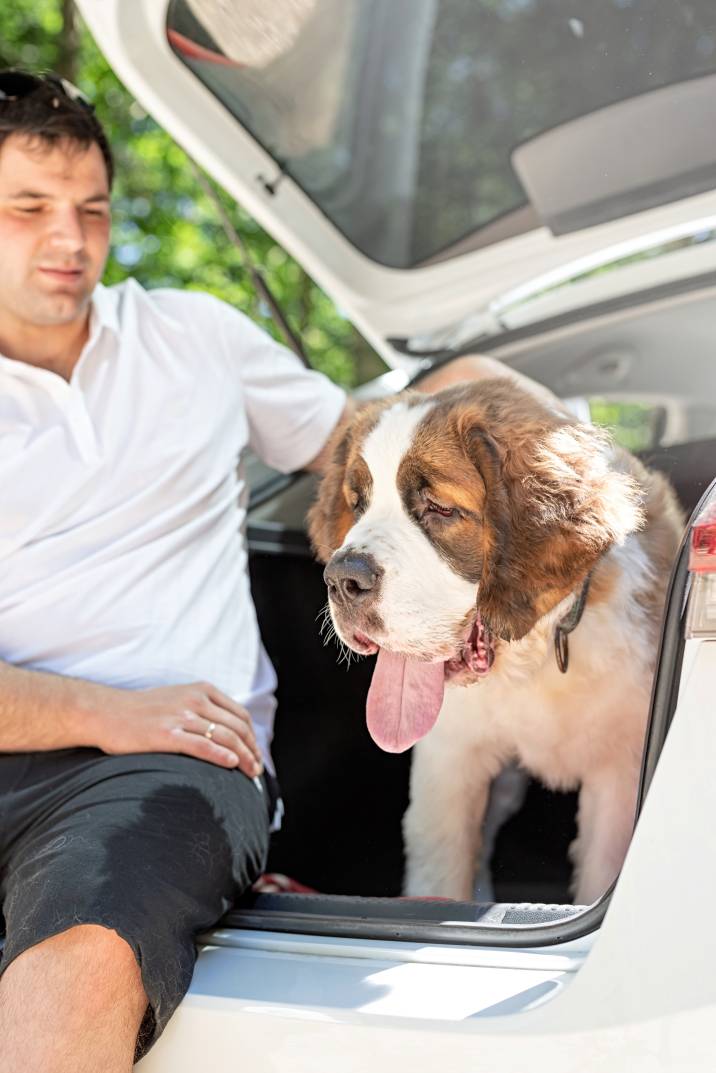 A man transporting a big dog. (Source: iStock)Pet transport cost per Airline
A man transporting a big dog. (Source: iStock)Pet transport cost per Airline
Major airlines set different fees for pet transport based on animal size, trip length, and carrier policies. Some only allow pets in cargo, while others let small animals travel in the cabin on certain routes. When booking, check the current rates with your chosen airline, as prices often change.
|
Airline |
Cost of shipping a dog |
Cost of shipping a cat |
|---|---|---|
British Airways |
£900 - £3,500 |
£900 - £1,100 |
Emirates |
£840 - £4,550 |
£840 - £1,540 |
Qantas |
£1,150 - £6,000 |
£1,300 - £1,640 |
Lufthansa |
£940 - £2,720 |
£940 - £1,450 |
KLM |
£880 - £2,550 |
£880 - £1,080 |
South African Airways |
£1,000 - £3,700 |
£960 - £1,230 |
Air Canada |
£1,105 - £2,390 |
£1,105 - £1,300 |
Thai Airways |
£900 - £2,345 |
£900 - £1,100 |
American Airlines |
£900 - £3,500 |
£900 - £1,100 |
Iberia |
£1,000 - £3,700 |
£1,000 - £1,500 |
United Airlines |
£900 - £3,500 |
£900 - £1,100 |
Singapore Airlines |
£1,300 - £5,000 |
£1,100 - £1,300 |
Aeromexico |
£900 - £3,500 |
£900 - £1,100 |
Kenya Airways |
£1,000 - £3,500 |
£950 - £1,200 |
Royal Brunei Airlines |
£1,100 - £3,000 |
£1,100 - £1,400 |
TUI Group |
£900 - £3,500 |
£900 - £1,100 |
Factors affecting pet relocation costs
1. Travel crates
Airlines will most likely require travel crates for your pet, whether for in-cabin travel or in the cargo hold. The larger the crate, the more expensive it is. Many pet transport services also offer to supply these crates, along with bedding, bowls, litter boxes, collars, leashes, and bottled water.
Your pet’s crate should be tall enough for them to stand up. They shouldn’t have to duck to see out of the crate. The crate should also be wide enough for your pet to turn around easily and long enough for them to lie down comfortably with their paws extended. Moreover, the crate should comply with the regulations of the International Air Transport Association. In general:
It should be made of hard plastic, metal, or wood. The top part should be solid (no ventilation or top doors).
The crate door must be made of metal (no hard plastics or other materials allowed!) and should also securely close.
Kennels should be assembled properly and have quality hardware. Note that kennels with plastic side latches are usually not allowed.
Don’t forget to affix two water dishes inside the kennel door.
Check if the floor is solid and leakproof. You can also place an absorbent towel at the bottom of the crate.
If your dog is too big, you might need to get a custom-made travel crate that complies with international travel standards. Also, double-check with your airline if larger crates like this are allowed.
2. Vet visits
A vet visit is crucial to ensure your dogs, cats, or other pets are healthy and fit for travel. Complete vaccination records, blood tests, health checks, and microchipping by a government-accredited veterinarian might also be essential when moving internationally. The cost of a simple domestic health certificate already varies between vets. A pet grooming appointment before transport also helps since clean pets typically pass inspection with fewer issues.
3. Airline tickets and fees
You might need to pay more for your pet than your own airfare. That’s because live animals need extra care and attention throughout their travel. For cargo, many airlines use the volume of the travel crate to base the ticket pricing.
4. Ground transportation
Consider ground transportation if you’re moving with your pet within the UK. Pet ground transport costs depend on the distance of the journey. So, if you live in a big city and plan to move with your pet to a rural area, set a higher budget.
5. Pet taxis
If you book a taxi, pet relocation costs depend on the distance from the airport, the number of pets, and the time of day. So, if you have a tight budget, consider hiring a pet taxi before or after the morning/evening rush hour to avoid premium fees.
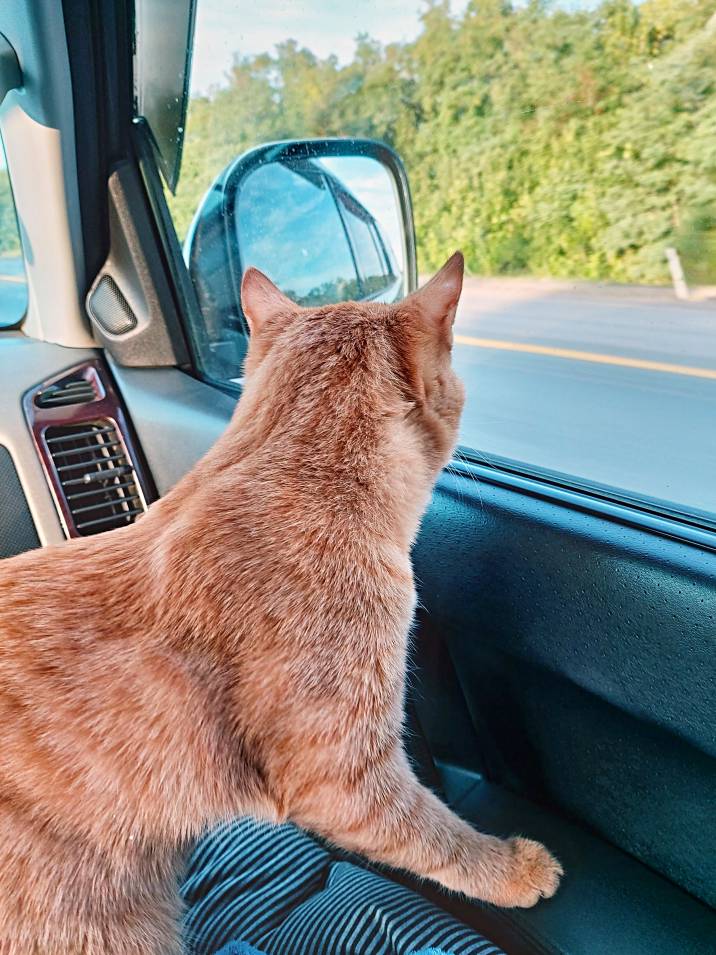 A cat being transported in a car (Source: iStock)
A cat being transported in a car (Source: iStock)
6. Government approvals or endorsements
Pet transportation requires country-specific fees for brokers, taxes, tariffs, and clearances. Airlines usually inform you about these costs upon flight booking. For more information, also check your destination country’s pet transportation policies.
7. Quarantine
Some countries require a quarantine period, so consider the expenses that a quarantine facility entails. These include pet food, bathing materials, and toys. Your pet must have everything they need to stay happy and healthy in a confined space.
Post a task for pet transport
In light of everything you need to prepare, it’s wise to work with a professional pet transporter for the safety and well-being of your pet. Taskers can provide everything your pet needs, from crates to vet visits, so you can plan for other important things, like rubbish removal and furniture assembly.
Then, if you need time to settle into your new residence, they can look after your cat or dog through pet boarding services. Ultimately, you can make the relocation process easier by posting a task and connecting with a pet transporter. Once you complete the request form, you’ll receive price quotes from Taskers near you shortly.
FAQs
Here’s a list of who to contact before arranging your pet’s travels:
Your veterinarian
Your chosen airline or travel company
Accommodations if traveling for leisure
Destination state’s animal inspection service to know their regulations
Destination country’s foreign consulate
Book reservations for yourself and your pet at the same time. Remember that airlines often limit the number of pets allowed on each flight. Choose a non-stop flight as much as possible to minimize the stress of changing planes. In warm weather, choose early morning or late evening flights. On the other hand, in colder weather, choose mid-day flights.
If you’re travelling via car, try to make frequent stops (about every 2-3 hours) so that your pet can do their business and get some exercise. Minimize stress by providing your pet with its favorite blanket or toy. Make sure your car is well-ventilated, too.
Find pet transports, fast
Post a task
Related price guides
Related articles
